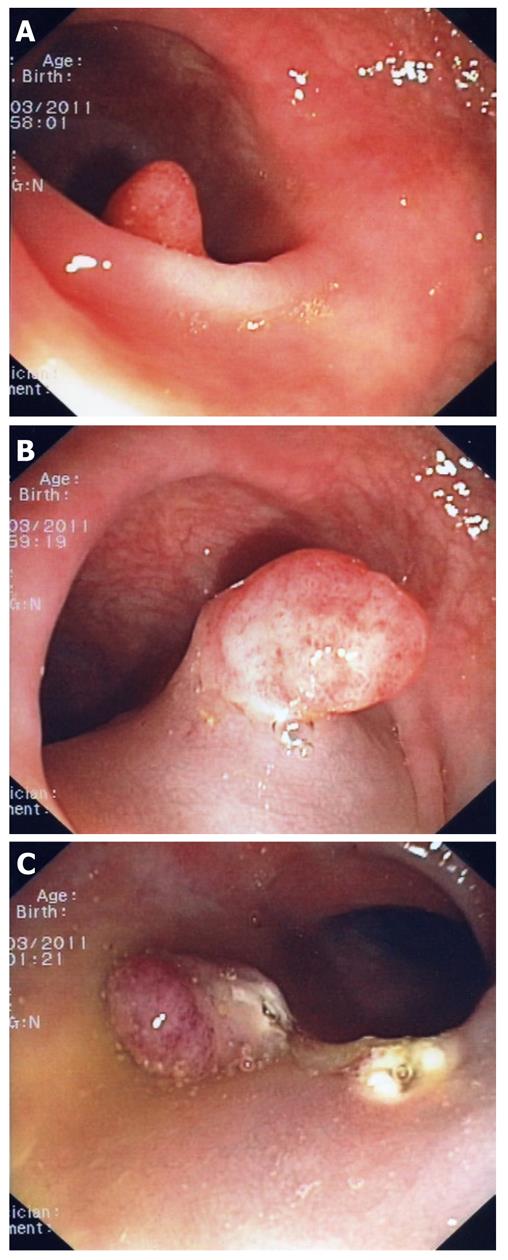Gastroenterological Endoscopy, 2e

- Gastroenterology And Endoscopy
- Atlantic Gastroenterology Endoscopy Center
- Japan Gastroenterological Endoscopy Society
Gastroenterology And Endoscopy

Praise for the previous edition:This work has great visual appeal and superb images.a superior text that will undoubtedly withstand the test of time.
Atlantic Gastroenterology Endoscopy Center
Although diverticula were described as early as 1700, diverticulosis was uncommon until the 20th century. Currently, it is estimated that diverticulosis affects less than 5% of people at age 40, 30% of people by age 60, and 50–65% of people by age 80. An exception to this is in vegetarians, in whom the prevalence of diverticula is much lower, presumably due to diets that are higher in fiber.
Japan Gastroenterological Endoscopy Society
Men and women are affected equally. The prevalence and distribution of diverticula vary throughout the world. Whereas diverticula are common and predominantly left-sided in Western countries (95% involve the sigmoid colon), in urbanized areas of Asia, such as Japan, Hong Kong, and Singapore, the prevalence is only 20% and the diverticula are predominantly right-sided, even among those who have adopted a Western-style, low-fiber diet.
Segmentation within the colon is thought to play an important role in the development of diverticula. Segmentation refers to the process by which a short segment of the circular muscle of the colon contracts in a nonpropulsive manner. This produces a closed segment of colon with increased intraluminal pressure, and likely serves to increase water and electrolyte absorption from the colon. These elevated intraluminal pressures may ultimately result in herniation of the mucosa and submucosa at sites of weakness (namely, where the vasa recta penetrates the muscularis propria between the taeniae coli), resulting in the formation of diverticula. Diverticula are not seen in the rectum because the taeniae coalesce at the rectum to form the circumferential longitudinal muscle layer.
